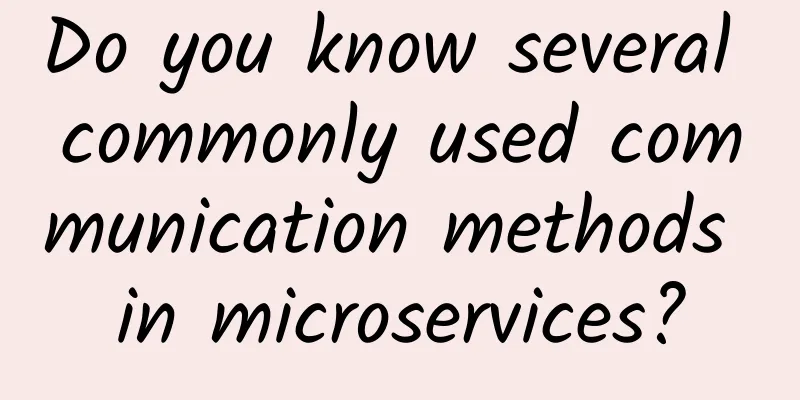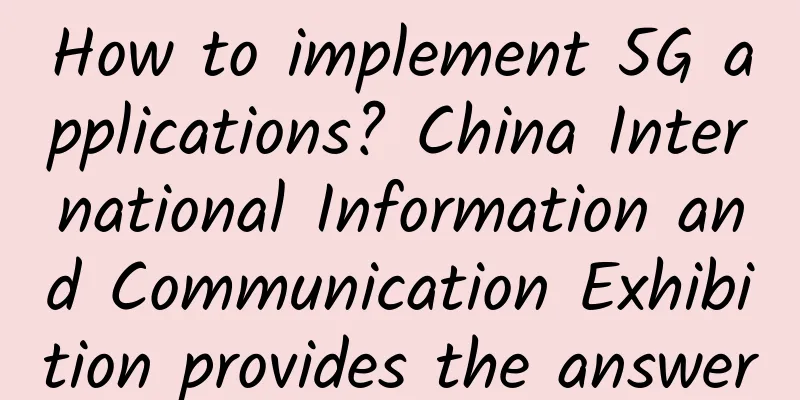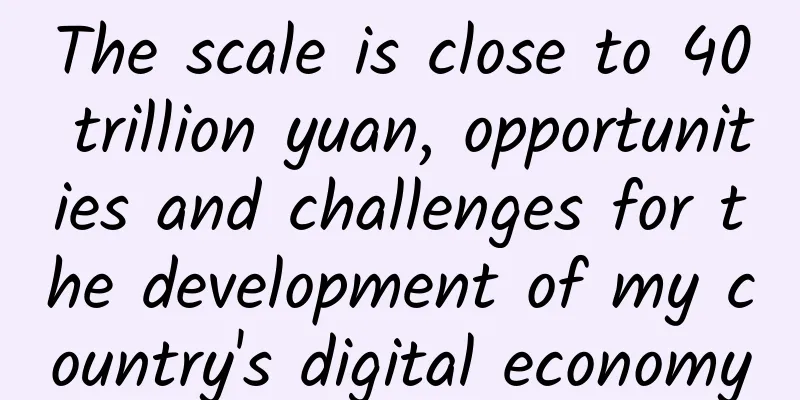Do you know several commonly used communication methods in microservices?

introductionMicroservice architecture has become the mainstream choice for building complex systems due to its flexibility, high scalability, and easy maintainability. The microservice architecture splits the system into multiple independent services, each of which is responsible for a specific function and collaborates through various communication methods. These communication methods play a vital role in ensuring that the system operates efficiently and reliably. This article will introduce several common microservice communication methods, including HTTP REST, gRPC, message queues, and WebSocket, and illustrate their application scenarios and implementation methods through Java examples. Several communication methodsIn a microservice architecture, communication between services is one of the key components. Common communication methods include HTTP REST, gRPC, message queues, and WebSocket-based communication. The following examples illustrate these communication methods. 1. HTTP RESTHTTP REST is a widely used synchronous communication method. Each microservice communicates with each other through HTTP requests, usually using JSON as the data format. Example: Suppose there are two microservices, one for user management (User Service) and the other for order management (Order Service). Order Service needs to obtain user information from User Service. User Service: Order Service: Configure RestTemplate: 2. gRPCgRPC is a high-performance, general-purpose RPC framework open sourced by Google. It uses Protocol Buffers as the interface definition language and supports multiple programming languages. Example: Suppose there are two microservices, one for user management (User Service) and the other for order management (Order Service). Order Service needs to obtain user information from User Service. User Service: 1) Define the .proto file: 2) Implement the server: 3) Configure and start the gRPC server: Order Service: 1) Create a gRPC client: 3. Message QueuesMessage queue is a method of asynchronous communication. Common message queue systems include RabbitMQ, Apache Kafka, etc. Message queue can decouple producers and consumers and realize asynchronous processing. Example: Suppose there are two microservices, one for order management (Order Service) and the other for notification service (Notification Service). The order service sends a message to the message queue after the order is created, and the notification service receives and processes the message. Order Service: Notification Service: Configure RabbitMQ: 4. WebSocketWebSocket is a two-way communication protocol suitable for scenarios that require real-time communication. Example: Suppose there is a chat application with two microservices handling users and chat messages respectively. Chat Service: Application ScenarioDifferent communication methods are suitable for different application scenarios, and each method has its own advantages and disadvantages and applicable fields. The following is an explanation of the application scenarios of the above communication methods: 1. HTTP RESTApplication scenarios:
Example scenario:
2. gRPCApplication scenarios:
Example scenario:
3. Message QueuesApplication scenarios:
Example scenario:
4. WebSocketApplication scenarios:
Example scenario:
Scenario application summary
Based on specific business needs and performance requirements, developers can choose the most suitable communication method to implement communication between microservices. SummarizeThe choice of microservice communication method greatly affects the performance, reliability and scalability of the system. By understanding and mastering the characteristics and application scenarios of different communication methods such as HTTP REST, gRPC, message queues and WebSocket, developers can choose the most appropriate communication method according to specific business needs, thereby building an efficient, flexible and scalable microservice system. In practical applications, it may be necessary to combine multiple communication methods to give full play to their respective advantages and meet the different needs of the system. |
<<: Let's talk about three kinds of custom networks in Docker (bridge, macvlan, overlay)
>>: How many hosts can 100 IPs serve?
Recommend
7 ways artificial intelligence is impacting enterprise IT infrastructure
Artificial intelligence (AI) technology has gaine...
How should we carry out continuous delivery of software based on containers (I)
Overview In the past period of time, containers h...
Is 5G investment ahead of schedule? It depends on the innovation of market-oriented application scenarios
[[389300]] Not long ago, the market was hotly dis...
DediPath has a 25% discount on the first month, VPS starts at $0.87 for the first month, multiple data centers in Los Angeles/New York, etc.
DediPath has launched a 25% discount promotion fo...
The embarrassing 400G: When will the operator backbone network be commercially available?
400G backbone network, a term that has not yet ar...
Qualcomm demonstrates 5G new air interface connection based on 3GPP for the first time, which is expected to become a global standard
At the "2017 Qualcomm 5G Summit" held r...
Synopsys: Reducing 5G attack surface and making good use of technology "double-edged sword"
New technologies are often a double-edged sword, ...
LOCVPS: Hong Kong Confederation/Cloud VPS bandwidth upgrade, 20% off, 2GB memory package starting at 44 yuan per month
LOCVPS (Global Cloud) adjusted and upgraded the b...
Considerations for designing the integrated cabling system in IDC computer rooms
IDC is the abbreviation of Internet Data Center. ...
Wi-Fi 6 Release 2 new standard released: faster upload, lower latency, more energy-efficient
Wi-Fi 6 has made significant progress compared to...
Will wireless networks kill wired networks?
While wireless networks grab all the headlines, w...
Ministry of Industry and Information Technology: Promote the construction of a strong manufacturing country and a strong network country to a new level
Xiao Yaqing, Minister of Industry and Information...
Weibu Online was shortlisted for CDM 2021 Black Unicorn Awards
On August 3, 2021, CyberDefense Magazine, a world...
RAKsmart: $59/month-2*E5-2620v2/32GB/1TB/50M bandwidth/South Korea server
Thanks to the advantage of physical distance, mos...
Towards the next generation of Internet, SoundNet releases full-link acceleration FPA to increase QoS protection for the Internet
On August 19, Agora held an online product launch...

![[Black Friday] RAKsmart: San Jose servers start at $30/month, Los Angeles servers start at $60/month, Japan servers start at $99/month](/upload/images/67cac494a247b.webp)
![[Black Friday] Tudcloud: Hong Kong VPS annual payment up to 40% off, recharge 30%](/upload/images/67cac01d70dec.webp)






